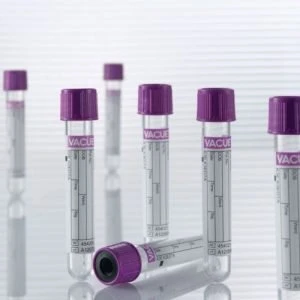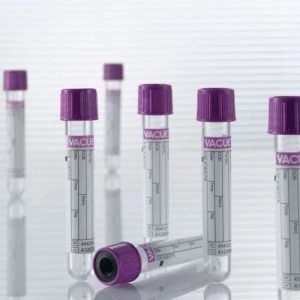Accuracy in medical testing starts long before a sample reaches the lab. The way a sample is collected and handled directly affects the quality of results. Even the smallest mistake during collection can lead to inaccurate reports, misdiagnosis, or delayed treatment. That’s why proper blood tube collection techniques are not just routine steps; they are critical safeguards in patient care. Let’s break down why these methods matter so much and how they minimize errors.
The Foundation of Reliable Testing
Every diagnostic test depends on the quality of the specimen. Proper handling of tubes for blood collection ensures that the sample remains stable and uncontaminated from the moment it’s drawn. Factors like order of draw, tube additives, and mixing methods must all be followed correctly. By adhering to these standards, healthcare providers eliminate a major source of preventable mistakes.

Preventing Cross-Contamination
One of the biggest risks during sample collection is cross-contamination between different additives. Each tube is designed for a specific type of test, with certain chemicals that preserve or separate components of blood. If the order of draw isn’t followed, these additives can mix and interfere with test results. Using the right blood tube collection method prevents this issue, ensuring that every sample maintains its integrity.
Ensuring Patient Safety
Accurate results don’t just benefit laboratories; they directly impact patient safety. A misstep in collecting or handling samples could mean a misdiagnosis or the wrong treatment plan. Reliable tubes for blood collection paired with skilled techniques give doctors the confidence to make the right decisions. In other words, quality collection is as vital as the test itself when it comes to protecting patient health.
Supporting Efficient Healthcare Operations
Errors in sample collection don’t just affect patients; they also waste time and resources. Re-collecting samples, repeating tests, and managing delays create unnecessary strain on healthcare staff and systems. By using proven blood tube collection methods, facilities avoid disruptions, reduce costs, and maintain smooth operations. This efficiency benefits everyone, from patients waiting for answers to staff balancing heavy workloads.
The Role of Professional Expertise
Behind every accurate test result is a skilled professional following precise steps. From choosing the right tube to handling the sample with care, expertise ensures that the entire process runs flawlessly. Patients deserve nothing less than the reassurance that their samples are collected under the highest standards of quality and safety.
Conclusion
Reliable medical testing is only possible when every step of the process is handled with care. The techniques used in blood tube collection directly influence whether results are accurate or flawed. By preventing contamination, reducing risks like hemolysis, and ensuring patient safety, proper methods play a vital role in reducing errors. With the right tubes for blood collection and skilled handling, healthcare providers deliver results that patients and doctors can trust. Accuracy starts at the very first step, and it’s this foundation that supports better care and healthier outcomes.


